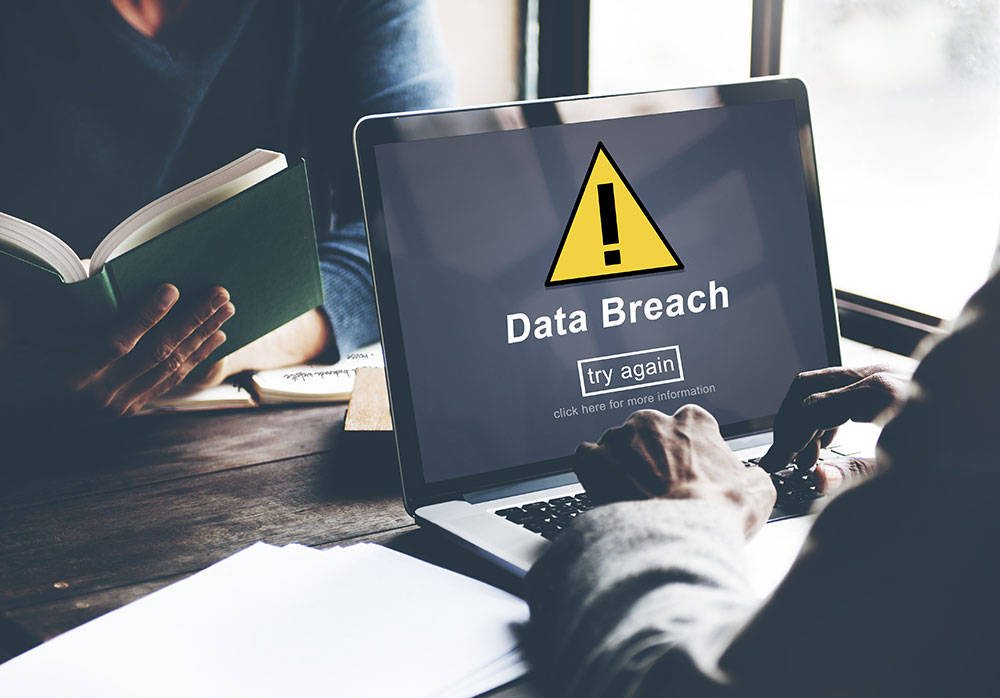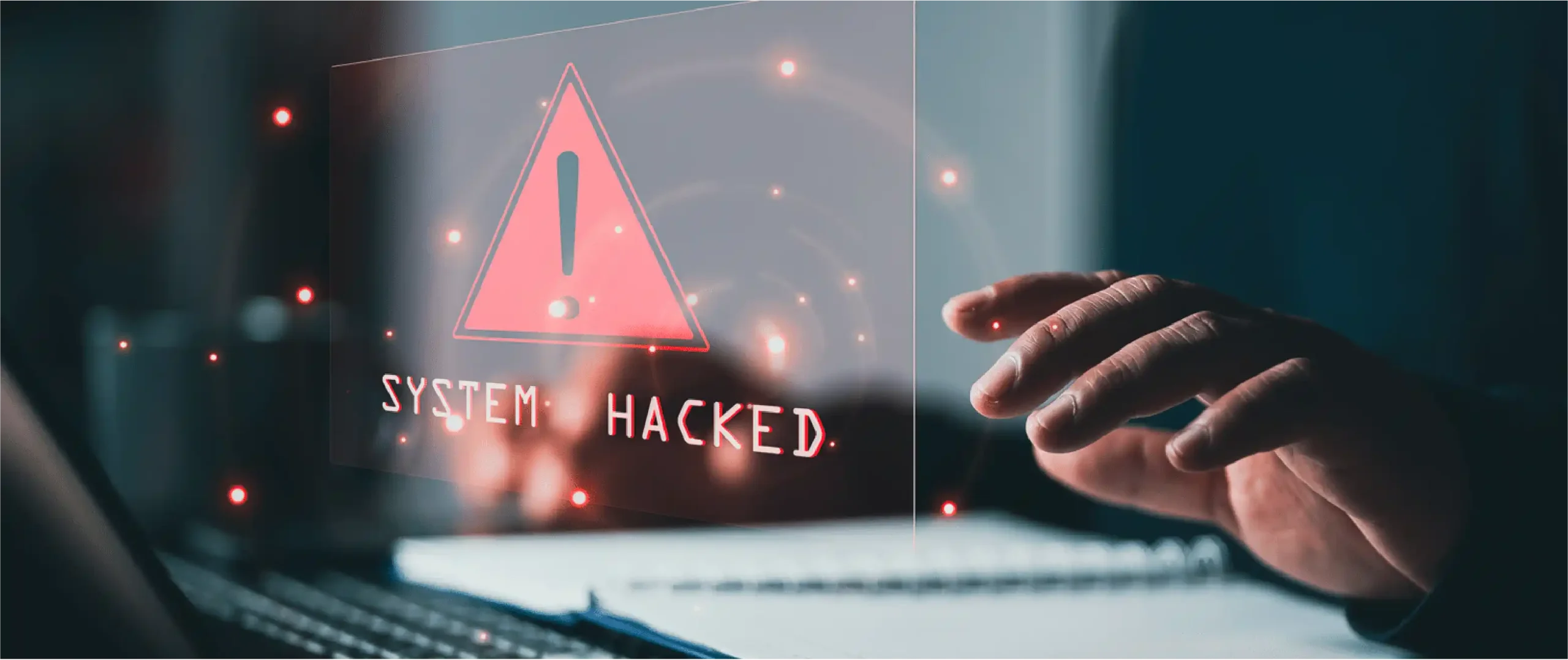Data breaches have become increasingly frequent and sophisticated. Cybercriminals exploit vulnerabilities in systems, often targeting organizations’ sensitive information for financial gain or malicious intent. High-profile incidents, such as the 2017 Equifax breach, which exposed personal data of over 147 million individuals, underscore the magnitude of these threats.
Timely identification of a data breach is crucial. Early detection can significantly mitigate damage, allowing organizations to respond swiftly, protect sensitive information, and preserve their reputation. Delayed responses often result in prolonged unauthorized access, leading to greater data loss and increased recovery costs.
I. Understanding Data Breaches
Definition
A data breach occurs when unauthorized individuals gain access to confidential information, such as personal identifiable information (PII), financial records, or intellectual property. This can result from cyberattacks, insider threats, or accidental disclosures.
Common Causes
Technical Vulnerabilities
Many breaches stem from technical flaws, including:
- Unpatched Software: Failure to apply security updates can leave systems exposed. For instance, the Equifax breach was attributed to an unpatched Apache Struts vulnerability.
- Misconfigured Systems: Incorrect settings, such as open cloud storage buckets, can inadvertently expose data.
- Outdated Security Protocols: Using deprecated encryption methods or protocols can be exploited by attackers.
Human Factors
Human error remains a leading cause of data breaches:
- Phishing Attacks: Employees may inadvertently disclose credentials to malicious actors.
- Weak Passwords: Simple or reused passwords can be easily compromised.
- Insider Threats: Disgruntled or negligent employees may intentionally or accidentally leak data. Studies indicate that human error accounts for a significant majority of data breaches.

II. Early Warning Signs of a Data Breach
1. Unusual Network and User Activity
Sudden spikes in network traffic, especially during off-peak hours, can indicate unauthorized data exfiltration. Additionally, multiple failed login attempts or logins from unfamiliar locations may suggest brute-force attacks or compromised credentials.
2. Unauthorized Access Attempts
Detection of unfamiliar user accounts or unexpected privilege escalations can signify that an attacker has gained access and is attempting to move laterally within the system.
3. Unexplained Data Modifications
Sudden changes to critical files, missing data, or unauthorized alterations in system configurations may indicate tampering by malicious actors. Such anomalies should be promptly investigated.
4. Increased Phishing Attempts
A surge in suspicious emails targeting employees, especially those attempting to harvest credentials or deliver malware, can be a precursor to a larger breach. Regular phishing simulations and training can help mitigate this risk.
5. System Performance Issues
Noticeable slowdowns, crashes, or unresponsiveness in systems may result from malware or unauthorized processes running in the background. These performance issues warrant immediate attention.
6. Appearance of Suspicious Files or Applications
The discovery of unfamiliar programs or files on systems can be indicative of malware installation or unauthorized software deployment. Regular system audits can help identify and remove such threats.
7. Locked Accounts or Changed Credentials
Users being locked out of accounts without initiating password changes may suggest that an attacker has taken control. Monitoring for such incidents is essential for early breach detection.

III. Proactive Measures to Detect and Prevent Breaches
1. Implement Intrusion Detection Systems (IDS)
Intrusion Detection Systems (IDS) are essential tools that monitor network traffic for suspicious activities. By analyzing patterns and behaviors, IDS can identify potential threats in real-time and alert security teams for immediate action. This proactive approach helps in early detection of unauthorized access attempts and other malicious activities, thereby mitigating potential damage.
2. Regular Audits and Monitoring
Conducting frequent reviews of system logs and user activities is crucial for identifying anomalies that may indicate security breaches. Implementing a robust log management policy ensures that all activities are recorded and analyzed systematically. Regular audits help in maintaining compliance with security standards and in early detection of irregularities.
3. Employee Training
Educating staff on recognizing phishing attempts and adhering to security best practices is vital. Regular training sessions, including simulated phishing campaigns and interactive modules, enhance employees’ ability to identify and respond to potential threats effectively. Such training fosters a security-conscious culture within the organization.
4. Multi-Factor Authentication (MFA)
Enhancing account security through Multi-Factor Authentication (MFA) adds an additional layer of protection. By requiring multiple verification methods—such as a password combined with a fingerprint scan or a one-time code sent to a mobile device—MFA significantly reduces the risk of unauthorized access, even if login credentials are compromised.
5. Data Loss Prevention (DLP) Tools
Utilizing Data Loss Prevention (DLP) tools helps in monitoring and controlling data transfers, ensuring that sensitive information does not leave the organization unauthorized. DLP solutions can detect and block potential data exfiltration attempts, enforce encryption policies, and provide visibility into data usage patterns, thereby safeguarding critical assets.

IV. Responding to a Suspected Data Breach
Immediate Actions
- Isolate Affected Systems: Immediately disconnect compromised systems from the network to prevent further unauthorized access and data loss.
- Notify Internal Security Teams and Stakeholders: Promptly inform the organization’s security team and relevant stakeholders to initiate the incident response plan and coordinate necessary actions.
Investigation and Assessment
- Determine the Scope and Impact: Conduct a thorough investigation to understand the extent of the breach, including identifying affected systems, data compromised, and the methods used by attackers.
- Identify Compromised Data and Affected Individuals: Assess which data sets were accessed or stolen and determine the individuals or entities impacted by the breach to inform subsequent notification and remediation efforts.
Notification and Compliance
- Inform Regulatory Bodies and Comply with Legal Requirements: Depending on jurisdictional laws and the nature of the data breach, notify appropriate regulatory authorities within stipulated timeframes to ensure compliance and avoid potential penalties.
- Communicate Transparently with Customers and Partners: Maintain open and honest communication with affected customers and business partners, providing them with timely information about the breach, steps being taken to address it, and guidance on protective measures they should consider.
V. Conclusion
Recognizing early indicators of a data breach, such as unusual network activity, unauthorized access attempts, unexplained data modifications, increased phishing attempts, system performance issues, appearance of suspicious files, and unexpected account lockouts, is crucial for timely intervention.
Continuous monitoring, regular audits, employee training, and the implementation of advanced security measures like IDS, MFA, and DLP tools are essential components of a robust cybersecurity strategy. Proactive vigilance enables organizations to detect and respond to threats promptly, minimizing potential damage.
Organizations must assess their current security posture, identify potential vulnerabilities, and implement necessary improvements to fortify defenses against data breaches. Investing in comprehensive security measures and fostering a culture of awareness and preparedness will significantly enhance resilience against cyber threats.
